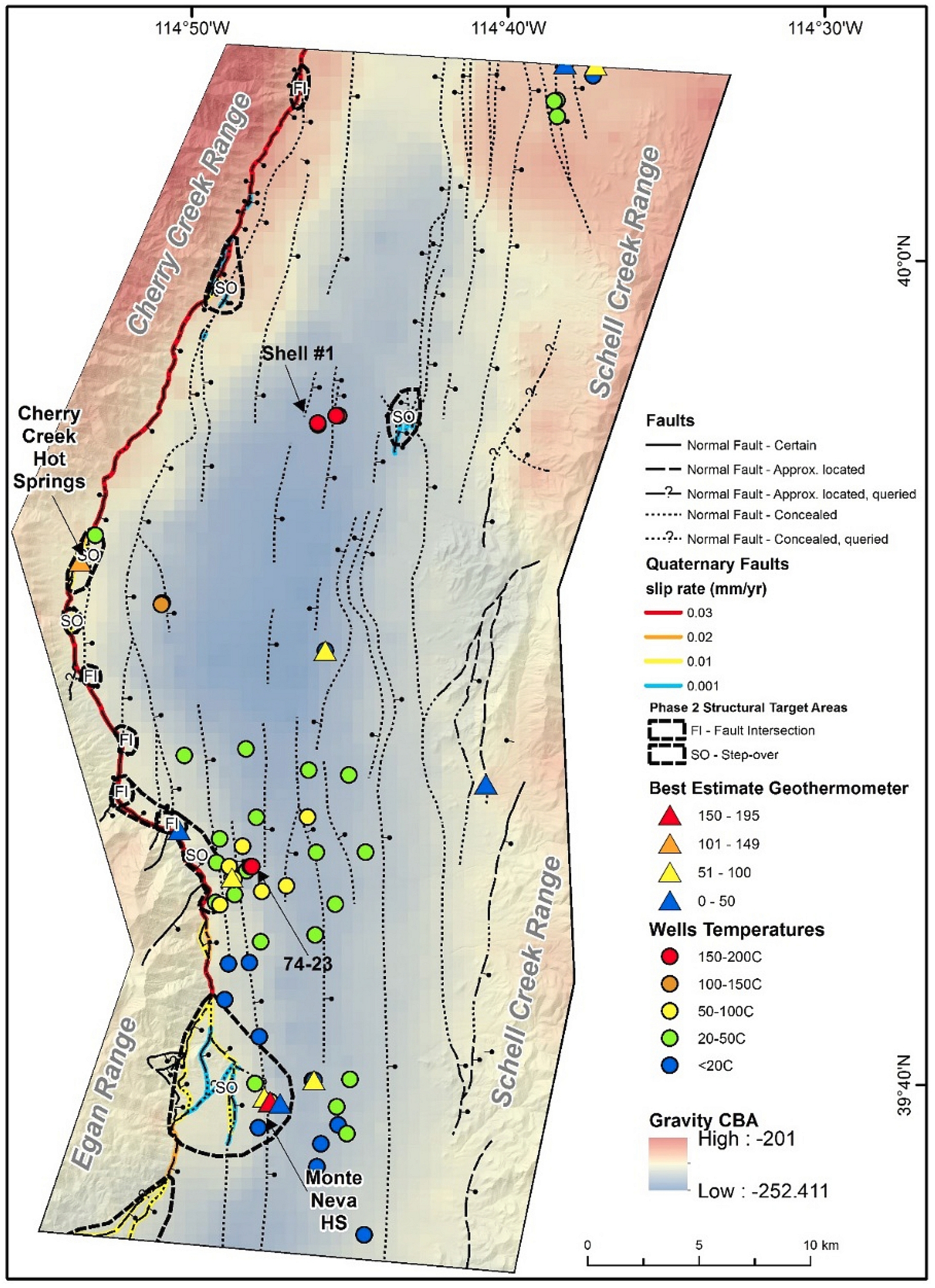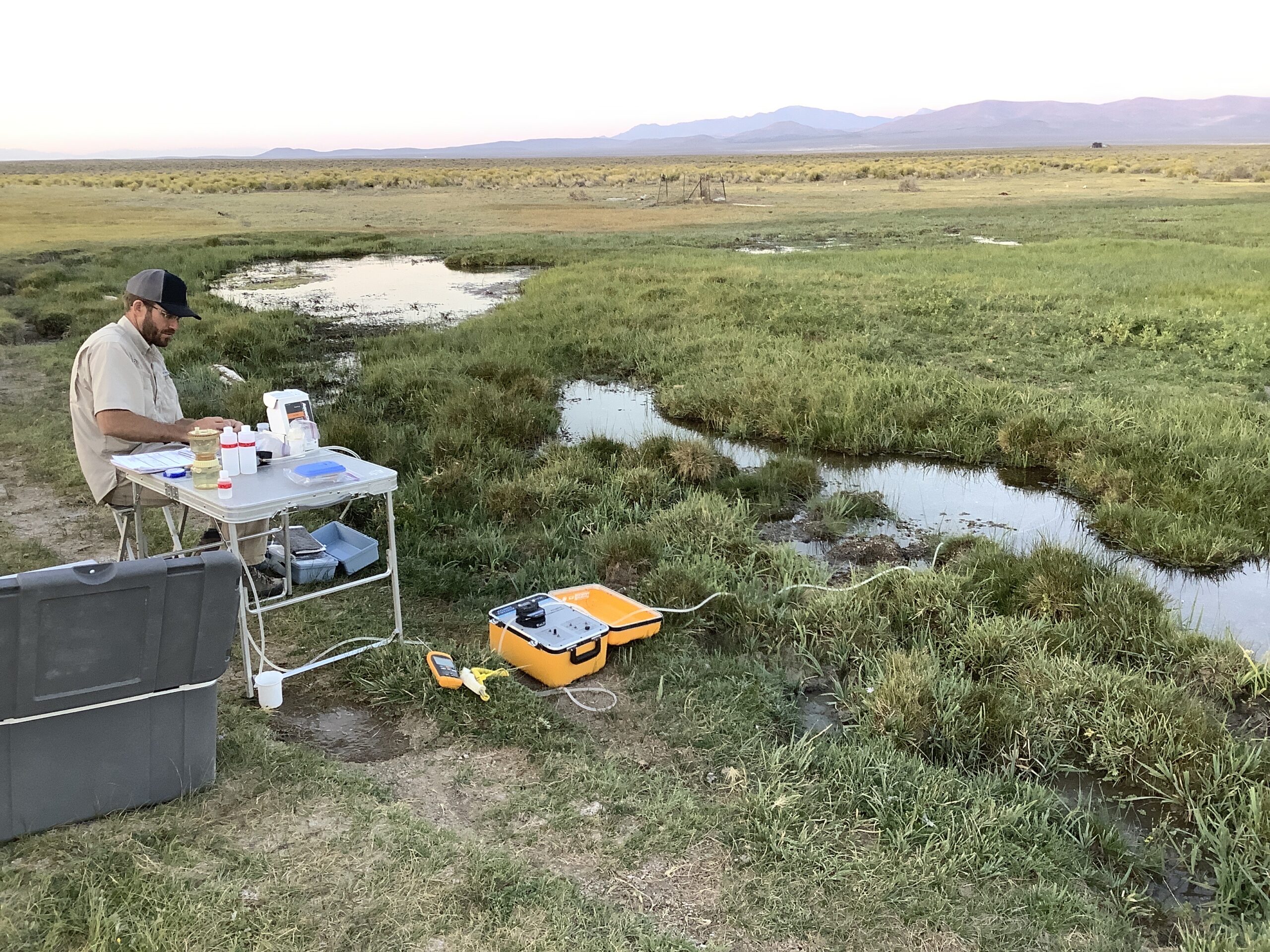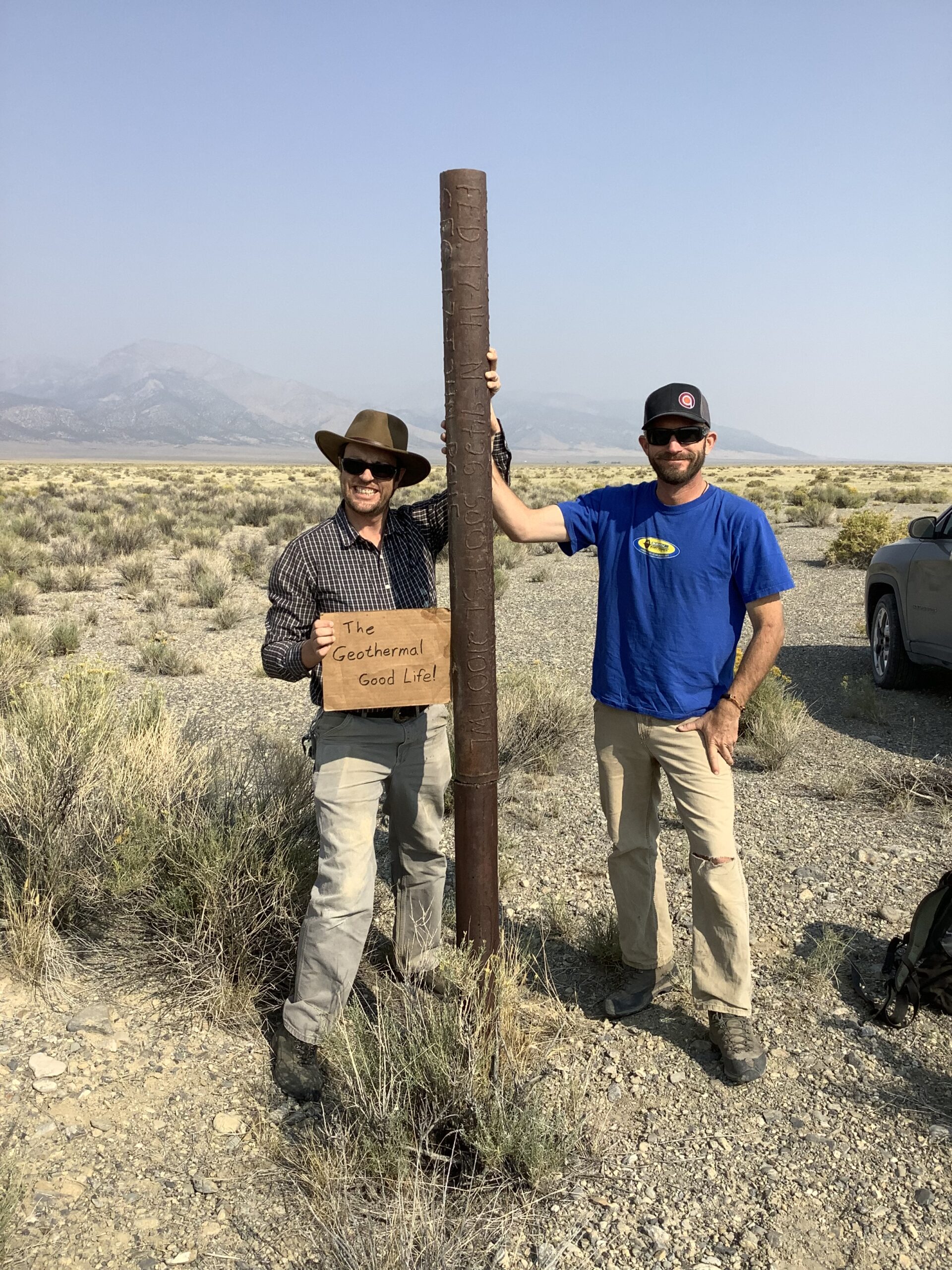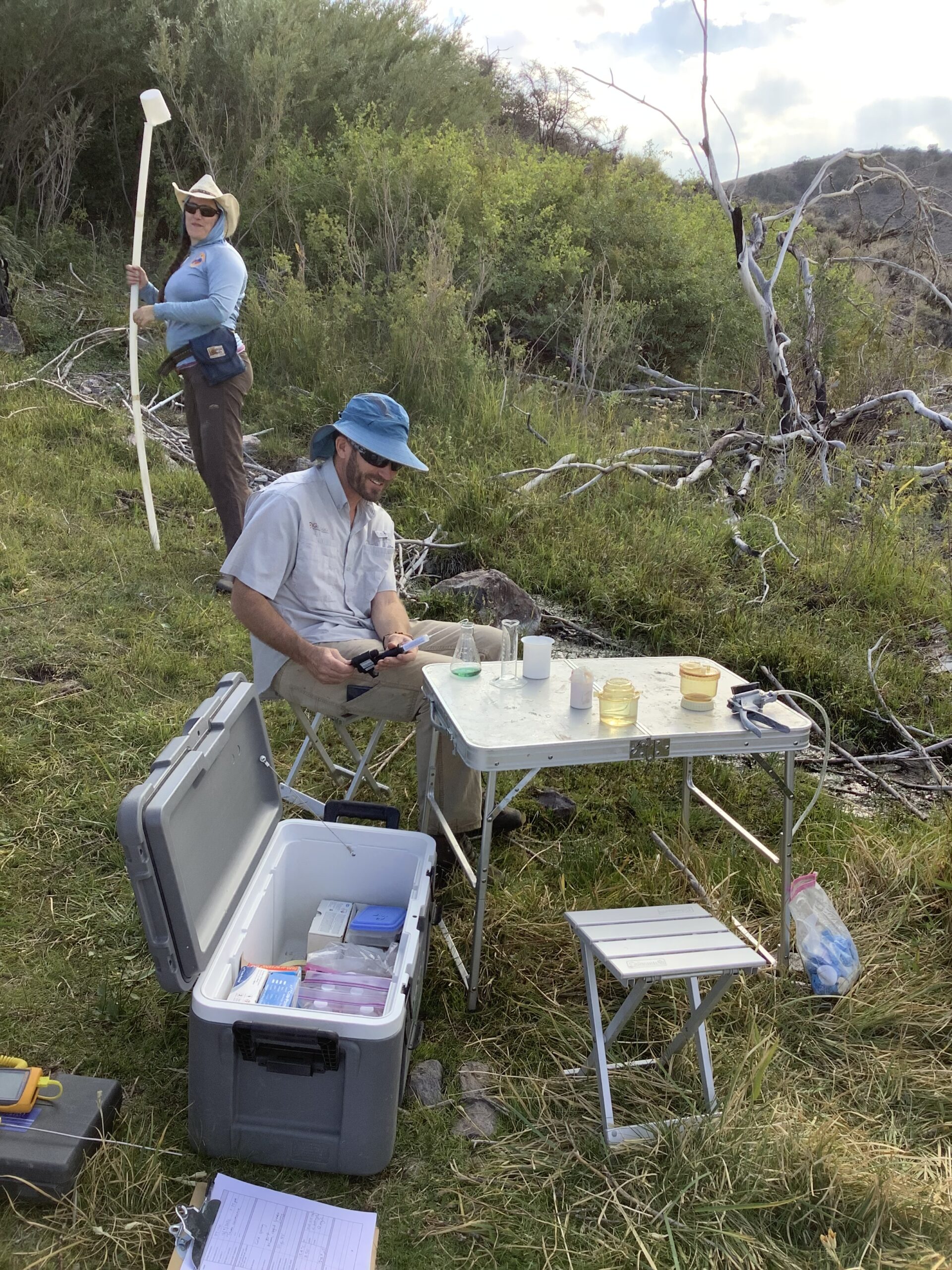Understanding a Stratigraphic Hydrothermal Resource – Geophysical Imaging at Steptoe Valley, Nevada
Project lead: Sandia National Laboratories (Paul Schwering)
GBCGE project personnel: Dr. James Faulds (PI); Dr. Bridget Ayling; Elijah Mlawsky
Project collaborators: Utah Geological Survey; Geologica Geothermal Group, Inc.; Fervo Energy; Pacific Northwest National Laboratory; United States Geological Survey
Project duration: 18 months: October 1, 2020 – March 30, 2023
Funding agency: U.S. Department of Energy Geothermal Technologies Office
Project goal: Understand the permeability and thermal characteristics of a sedimentary-hosted (i.e., stratigraphic) system in Steptoe Valley, Nevada, with the goal of informing an optimized strategy for subsequent exploration and development for this resource and analogous resources. Sedimentary-hosted geothermal resources may be present in multiple basins in the eastern Great Basin region due to elevated regional heat flow and prevalent thick sections of Paleozoic carbonates, Jurassic sandstones and limestones, and permeable basin-fill sediments. In Steptoe Valley the Paleozoic carbonates that may constitute the reservoir are deformed by several episodes of Paleozoic to Quaternary tectonism. Deformation generates both compartmentalization and conduits (e.g., open connected fractures) that affect heat flow and the geometry of the resource, controlling how the resource may be developed.
Project activities include characterizing the structure and stratigraphy of Steptoe Valley to constrain the stratigraphic reservoir in the context of resource development via collecting new geophysical data and reviewing information from pervious geothermal and oil and gas exploration in the basin. Additionally, conceptual and thermal modeling is being conducted to evaluate the geothermal resource potential: this includes collecting water samples for chemical analysis. In September 2021, Bridget Ayling and Nick Hinz spent a few days collecting water samples at Steptoe, visiting cold springs that discharge along the edges of the basin. The goal is to evaluate fluid mixing relationships in the valley, evaluate the characteristics of a possible thermal fluid, and explore geothermometry indications.




Publications to date:
- Hinz, N.H., Faulds, J.E., Coolbaugh, M.F., Hardwick, C., Gwynn, M., Siler, D.L., Queen, J., Ayling, B.F., (2020), Play Fairway Analysis of Steptoe Valley, Nevada: Integrating Geology, Geochemistry, Geophysics, and Heat Flow Modeling in the Search for Blind Resources. Transactions, Geothermal Resources Council annual meeting, October 19-23, 2020. https://www.geothermal-library.org/index.php?mode=pubs&action=view&record=1034240
